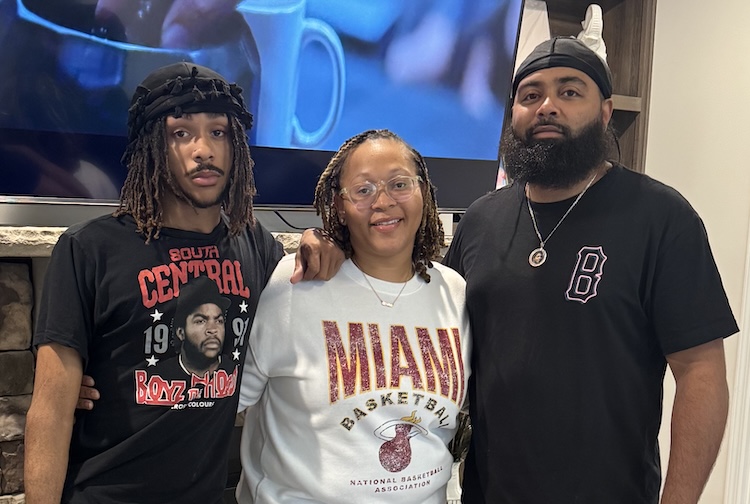VCU Health builds on efforts to combat youth violence in Richmond
April 09, 2019 Success depends on strong partnerships with criminal justice and health leaders, stakeholders say
Success depends on strong partnerships with criminal justice and health leaders, stakeholders say
It's not uncommon for Michel Aboutanos, M.D., to see the same teenager on his operating table more than once for repeat incidences of gunshot wounds. The VCU Health trauma and acute-care surgeon said patient recidivism due to high rates of youth violence in Richmond made him feel as if surgeons should have a larger role in curbing the problem.
“You feel like you're a Band-Aid,” Aboutanos said. “You're dealing with the problem alone and that's wrong. But we [community stakeholders] are all responsible, therefore, all of us are the solution.”
In 2017, Aboutanos, his VCU Health colleagues, the Richmond Police Department and the Richmond City Health District created RVA Alternative Pathways with the aim of bringing diversionary resources to youth trapped in a cycle of violence. The program was launched with a Robins Foundation Community Innovation Grant. A key function of RVA Alternative Pathways is to connect the dots between violence intervention programs at VCU Health — such as VCU Trauma Center's Injury and Violence Prevention Program — the Richmond Police Department and community partners. The goal is to bring together multifaceted approaches to reducing youth violence and incarceration.
This role has become increasing important as the Richmond City Health District works with community partners on a strategic plan to reduce youth violence. In an increasingly bloody trend, there were 67 homicides in Richmond in 2017, up from 61 in 2016.
Members of VCU Trauma Center's Injury and Violence Prevention Program and VCU Clark-Hill Institute for Positive Youth Development worked with city government departments, Richmond Public Schools and community action groups to draft focus areas for the strategic plan. Stakeholders recommended that the plan focus on issues that have long plagued Richmond, such as educational system challenges, societal and community norms toward violence and lack of opportunity, behavioral health and substance use challenges, and school policies pushing students out before they graduate.
Amy Vincent, assistant director of the Injury and Violence Prevention Program, said the firsthand perspective VCU Health care providers have on youth violence makes them strong proponents for intervention.
“This is the front line,” Vincent said. “We are seeing those patients coming in with gunshot wounds, stab wounds, even the assault victims as well. … We have a role to play. We are your level one trauma center and we have the tools, resources and expertise to go beyond care for the patient at the bedside.”
In late March, Vincent joined Aboutanos at the Rao R. Ivatury Trauma Symposium, a VCU event that brought together panelists from local government agencies, Virginia Commonwealth University and VCU Health to discuss achievements, challenges and next steps in working together to increase the success of preventative efforts.
Panelists stressed the importance of building collaborations among police, health care providers and the criminal justice system. Vincent said the Richmond Police Department, VCU Health and Richmond Commonwealth's Attorney Michael Herring have made great strides in strengthening communication.
“My colleagues around the country are shocked because in most cities, I'm talking about cities that suffer youth violence at rates higher than we do in Richmond, [they] can't even get the police department and hospital staff in the same room together,” Vincent said. “You end up with doctors who are concerned that patients won't come for care if there's a relationship with law enforcement.”
Success also depends on stakeholder willingness to approach the problem in a different way than their role may dictate, Herring said. For example, prosecutors could gain a better understanding of the relationship between trauma and criminal behavior, Herring said.
“We are trained to overcome the defense that trauma is a mitigating factor,” Herring said. “In other words, we are trying to nullify evidence of background trauma. I think many of us are beginning to realize we are behind the curve.”
There has to be a balance between suppression of crime and prevention strategies, he added.
Aboutanos implored trauma surgeons and community partners to continue to tackle the issue.
“[Youth] come to us. … They are crying and they are in pain. They are deserted by people on whom they thought they could depend,” he said. “It's a huge opportunity for us to use the health system to connect to them in a different way.”




